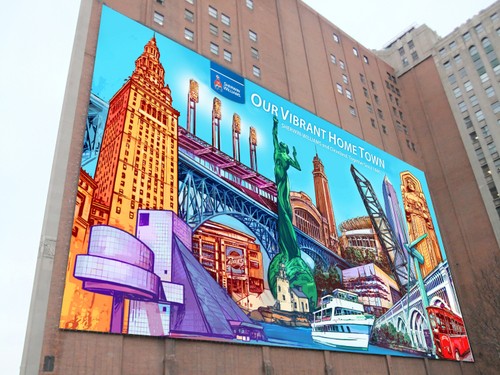Sherwin-Williams, ConAgra Must Pay $400 Million for Lead Paint Remediation in California, Supreme Court Says
Monday, the United States Supreme Court rejected appeals by Cleveland-based Sherwin-Williams and ConAgra Grocery Products, leaving intact a lower-court ruling that will force the companies to pay more than $400 million for the remediation of lead-based paint in California.
Filed in 2011 on behalf of 10 California municipalities, including Los Angeles County, the lawsuit was based on public nuisance doctrine, which allows local governments to sue over issues that affect communities: things like pollution, the storage of explosives, and the obstruction of rivers and roads. The case went to trial in 2013, and judges in Santa Clara County agreed with the municipalities.
They said lead in paint was a toxin that the companies knew about, indeed, the "top pediatric environmental health problem in Los Angeles County," and that the companies that sold the lead paint should be required to help pay for removing it.
In 2014, a judge said that the companies must contribute $1.1 billion for clean-up, but that number was reduced to $409 million when the clean-up efforts were reduced to homes built before 1951. (More than 900,000 housing units in Los Angeles county were built before 1950.)
Sherwin-Williams and ConAgra appealed the decision, but the Supreme Court will not take up the case. That was Monday's development. Lawyers for the companies were naturally upset. A statement form ConAgra's lawyer said that the case "opens the door to potentially unbounded suits targeting manufacturers of products sold decades ago."
But the children of California and their advocates are celebrating.
“Sherwin Williams and its co-defendants knew their product was toxic and still sold it to unwitting families," said Santa Clara County lawyer Greta Hansen. "The case will provide the funds needed to protect future generations of California’s children from the devastating effect of lead paint.”


